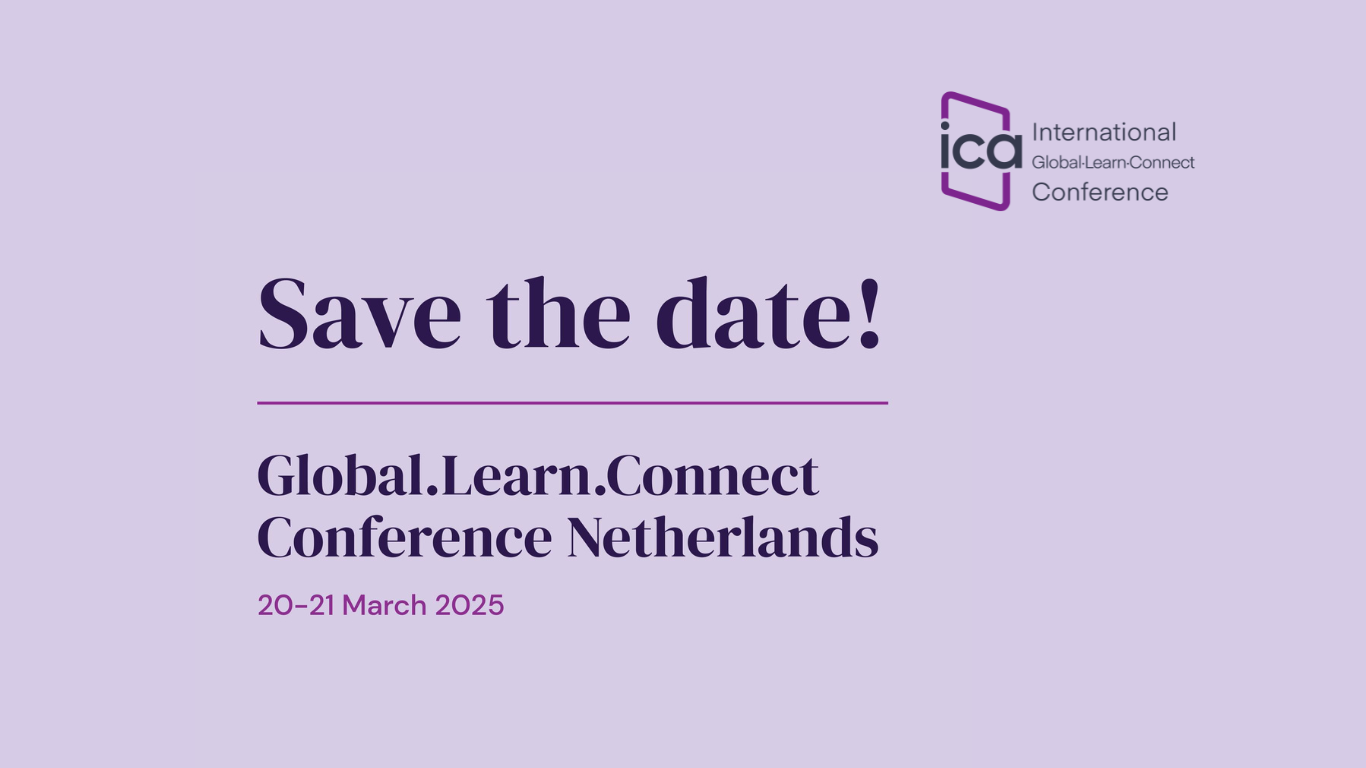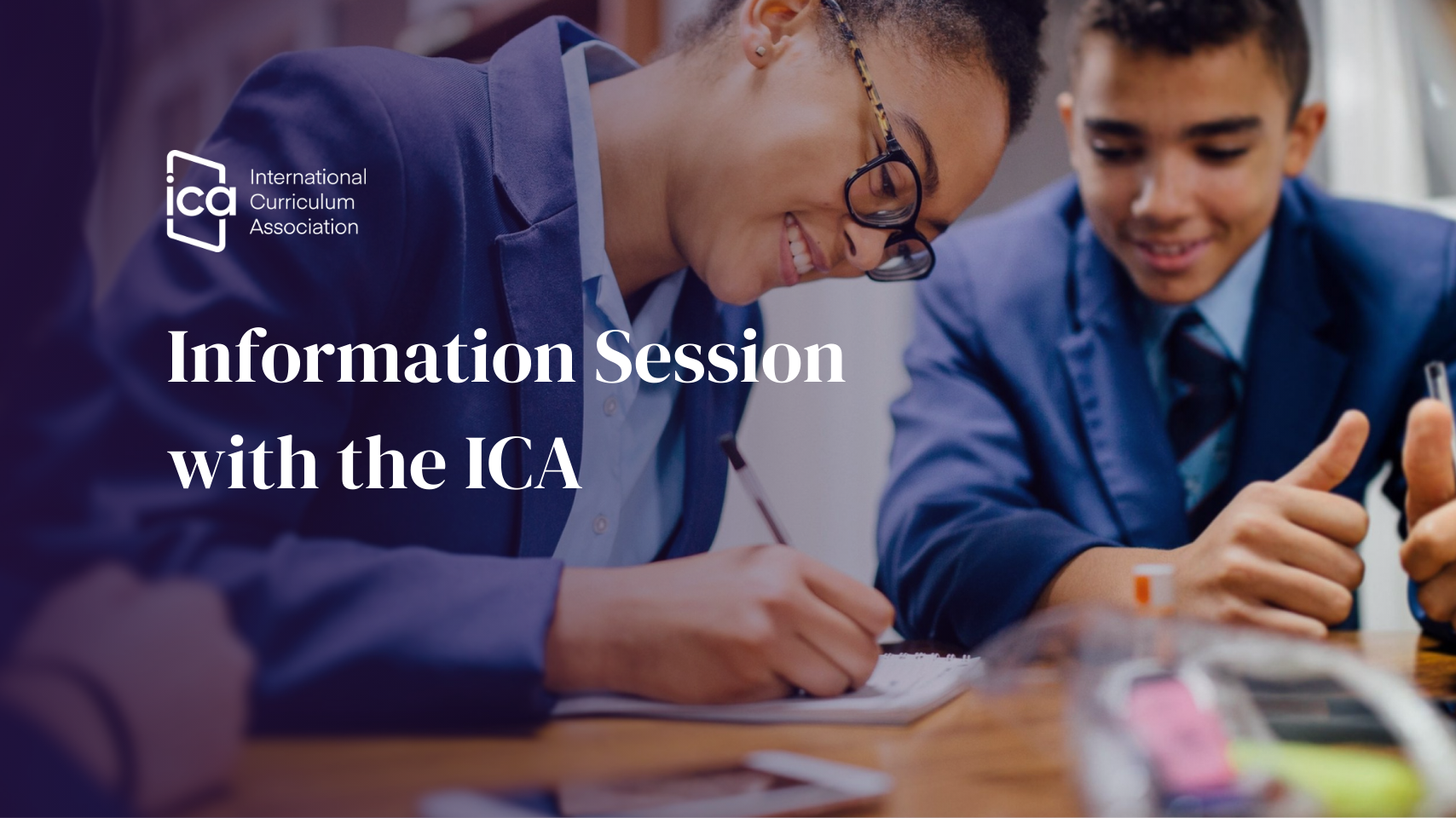Over the past 4 decades, I have seen some remarkable shifts in the resources available to teachers. Recently a new tool has arrived with great potential to enhance the lives of teachers and students alike, if not revolutionise education itself – artificial intelligence.
As an early adopter of ChatGPT at the beginning of 2023, I was quickly impressed by some of its education-related capabilities. It was able to provide levelled-texts on demand on any subjects I could think of. It could also create a variety of receptive and productive tasks for students for those same texts that focused on specific chosen aspects of learning. It could help redesign a lesson to increase student engagement, suggesting ideas for variety and dynamism. It could simplify existing planned tasks providing opportunities for differentiation. It could redesign a lesson while still adhering to the stated Learning Goals. And a lot more.
How ChatGPT Became a Game-Changer in My Classroom
Being the Academic Director at Tonkla School Chiang Mai, I quickly saw the potential for it to help both experienced teachers and newer teachers by providing ideas for planning, teaching, and assessment. I am trying to encourage differentiation across all grade levels and I found that ChatGPT could play a complementary role in teacher development by suggesting various approaches to modifying content, tasks, instructions, and seating, for example, that follow up on or prepare for face-to-face PD sessions. I have held several PD meetings with IPC and English teachers to explore the potential benefits, always headlining with the reminder that human oversight is essential every time it is used. It can quite confidently make mistakes and needs correcting at times. While a few staff members seemed almost suspicious of it, as if I had just shown them a conjuring trick, many teachers have embraced it and recognised the positive impact it can have on their planning and teaching.
New websites and applications making use of this technology have been appearing almost weekly, offering help with everything from curriculum planning and assessment, to slide creation from a video, and interviewing famous people from the past about their lives. Towards the end of 2023, OpenAI, the makers of ChatGPT, launched a significant upgrade, only currently available to subscribers, that not only allowed GPT to search the internet in real-time but also to produce high-quality custom images, all from one prompt box. But perhaps the most valuable aid for teachers was the introduction of custom-made GPT bots.
The Rise of Custom-Made GPT Bots: Putting AI Expertise at Every Teacher's Fingertips
This new feature allows anybody to custom design a bot, or AI assistant, in a few minutes for any purpose that they need, without any technical know-how. You simply need to type what you want in clearly labelled boxes. So, what does that mean? One of the first things I made was an IPC Learning Navigator bot for Primary 1 teachers who were using the ‘A Day in the Life’ unit. To save a lot of time writing long prompts in regular ChatGPT, I simply instructed the bot with the teaching context – age and level of students – and what I wanted it to do – help with all aspects of lesson planning, teaching, and assessment – in the instructions box. I then uploaded the ‘A Day in the Life’ unit to the bot’s knowledge base. An important step here is to uncheck the box that says ‘Use conversation data in your GPT to improve our models’. This ensures the protection of copyrighted material. Uploading files to the knowledge base means that whatever you ask, it will first go straight to that uploaded file and search. The teacher now has an IPC expert planning assistant specifically for that unit. An example of some prompts I gave it were: ‘Simplify History task 2’, ‘How can I integrate Music learning goals more fully in my lessons?’, ‘Provide five level-appropriate video clips, with links, that relate to Geography task 1’. The latter prompt sent it to the internet to search websites for suitable clips with links that took you directly to the sites. In theory, every teacher could have one of these ‘teaching assistants’ at hand to use whenever needed for each unit they were using. These bots do not have to be IPC specific but can offer more generic help with planning and teaching including bots that are designed to help teachers teach students with ADHD, dyslexia, and autism, for example.
Beyond ChatGPT: Exploring the Future of AI in Education
As a primary school, we can focus on the benefits to students via the teachers’ use. The challenges of students using AI in their course work is a warmly discussed topic on many AI educator forums and undoubtedly in many staffrooms around the world and that subject is best kept for another post. One aspect that holds great potential is the idea of AI tutor assistants. These are bots that can be embedded into learning websites (Khanmigo with Khan Academy Kids, for example) or used independently by students, and rather than give answers, they are trained to guide the students on how to solve problems in whatever subject they are focusing on.
Being a proponent of teachers exploring the benefits of AI, I am acutely aware of other voices that speak against its use. There are certainly conversations to be had, standards to be set, and policies to be formulated. However, I believe that things are only going to accelerate in this area in the coming years and as educators, we should, at the very least, educate ourselves about the use of these new tools so we can adapt effectively.
International Primary Curriculum


.png)
